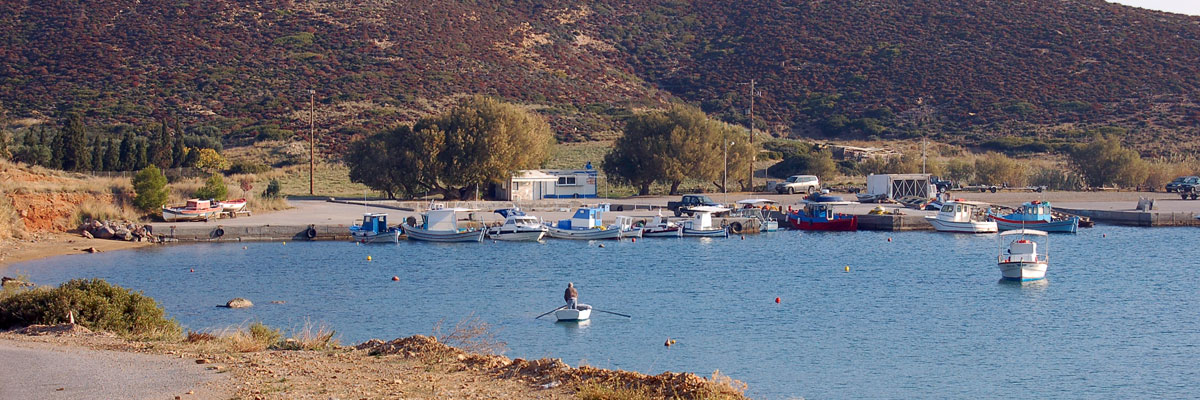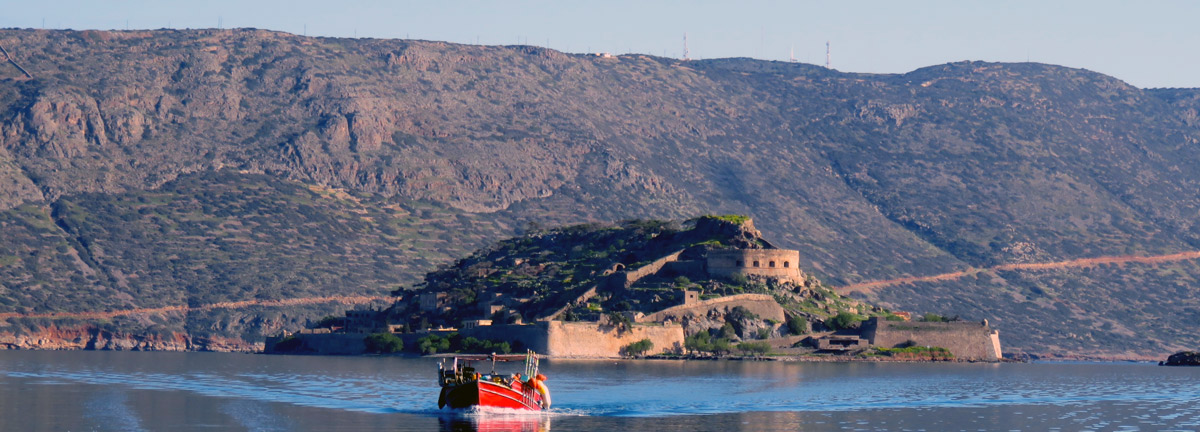
1000 – 1800 AD
With the fall of Constantinople to the Franks (beginning of the 13th century), Crete was given to Bonifacius (one of the chiefs of the Fourth Crusade) who immediately sold it to the Venetians for 10,000 silver marks. The Cretans did 27 revolutions throughout the approximate 4.5 centuries of domination. Actually, the French historian Daru wrote in his book “Histoire de Venice” that Europe saw the unprecedented and paradoxical sight of a large nautical force fighting with one of its colonies. When the Venetians defeated the Cretans, the latter fled for safety in the mountains and when the opposite occurred the Venetians fled to their vessels.
In 1538 the Turkish Admiral Barbarossa devastated the beaches of the island. The Turks were then upon the gates of Crete. The Cretans were to forget the oppression of the Venetians and united with them to confront the common enemy. The war between the Turks and Venetians-Cretans lasted twenty five years. Finally in 1669 the Turks became masters of the island. The first action of the Turks was to bring over many Turkish settlers in order to distort the composition of the population. So that in 1700, after the islamisations, massacres, settlers and the islanders abandoning the island to save themselves, Crete’s population numbered 350,000, of which only 150,000 were Christians.
In 1770 AD, the Russian Empress Catherine declared war against the Ottoman dictatorship, sent a strong naval force, under orders of the Orlóf brothers and roused the Greeks against the Turks. However, the Russians were finally unable to give assistance to the Greeks, as when they raised arms, they suffered the usual hard respite by the Turks. The battle of 250 Cretans from Sfakiá against 8,000 Turkish soldiers was memorable.

Ágios Nikólaos: So called after the church of Ágios Nikólaos (9th century), which is one of the oldest in Crete.The once picturesque market town with its clumps of trees has transformed into a cosmopolitan holiday centre. The lake “Almirí” or “Vromolímni” or “Voulisméni”, as it is known by the locals, is very unusual. It is cone shaped and is a volcanic crater, extinct from time immemorial and now filled with sea water. During the Turkish rule a canal was opened (length 61m – width 12m). During the Independence Wars of 1821, Dimítrios Kotziás from Psará island, was surrounded and enclosed in the anchorage of Ágios Nikólaos in his ship, by Egyptian vessels, but he managed to escape his fate.




